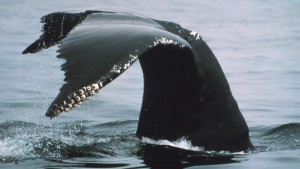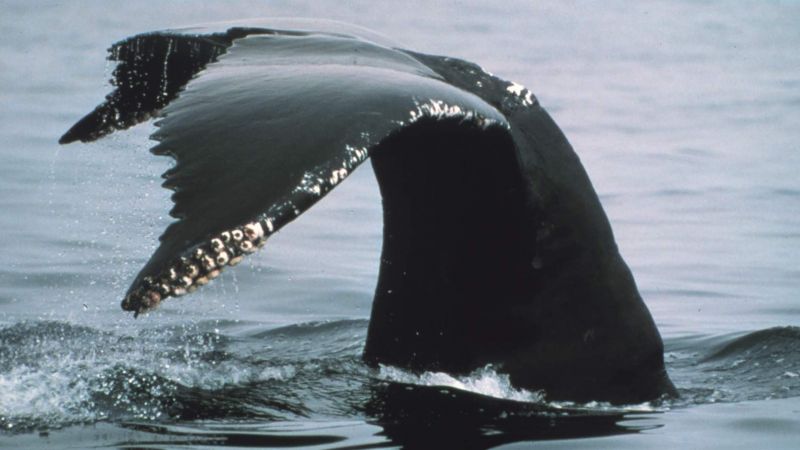 In June, a report was released by the International Programmes on the State of the Ocean, announcing the results of a high level summit. Conclusions? It’s worse than we thought. We are rapidly accelerating toward the next wide-scale extinction event in the oceans, and the rate of change is faster than anticipated.
In June, a report was released by the International Programmes on the State of the Ocean, announcing the results of a high level summit. Conclusions? It’s worse than we thought. We are rapidly accelerating toward the next wide-scale extinction event in the oceans, and the rate of change is faster than anticipated.
The team of international scientists published a grave assessment of current threats and a stark conclusion about future risks to marine and human life. If the current trajectory of damage continues, the world's ocean is at high risk of entering an unprecedented phase of extinction of marine species.
The greatest threat the group concluded was climate change leading to ocean acidification.
Ocean acidification is a direct result of the absorption of carbon dioxide by the ocean. This threatens all marine animals and plants that secrete calcium carbonate as part of their structure. Ocean acidification can prevent marine animals, from snails to plankton to corals, from building their protective shells.
Historically and before the presence of humans, three factors have been present in every mass extinction event: low oxygen levels (hypoxia) and the absence of oxygen (anoxia) causing ocean dead zones; ocean warming; and acean acidification. Thanks to modern technology, we have accelerated and exacerbated the conditions leading to the historical marine extinctions. Already one quarter of the world’s coral reefs have vanished and another one third are endangered. Ninety percent of many some of the ocean’s great fish have vanished. Species like sharks contribute to the health of the ocean yet are being systematically and unsustainably fished.
These climate and marine experts found strong evidence that the effects of the three factors, coupled with other human induced impacts such as overfishing and nutrient runoff from farming have already caused a dramatic decline in ocean health.
